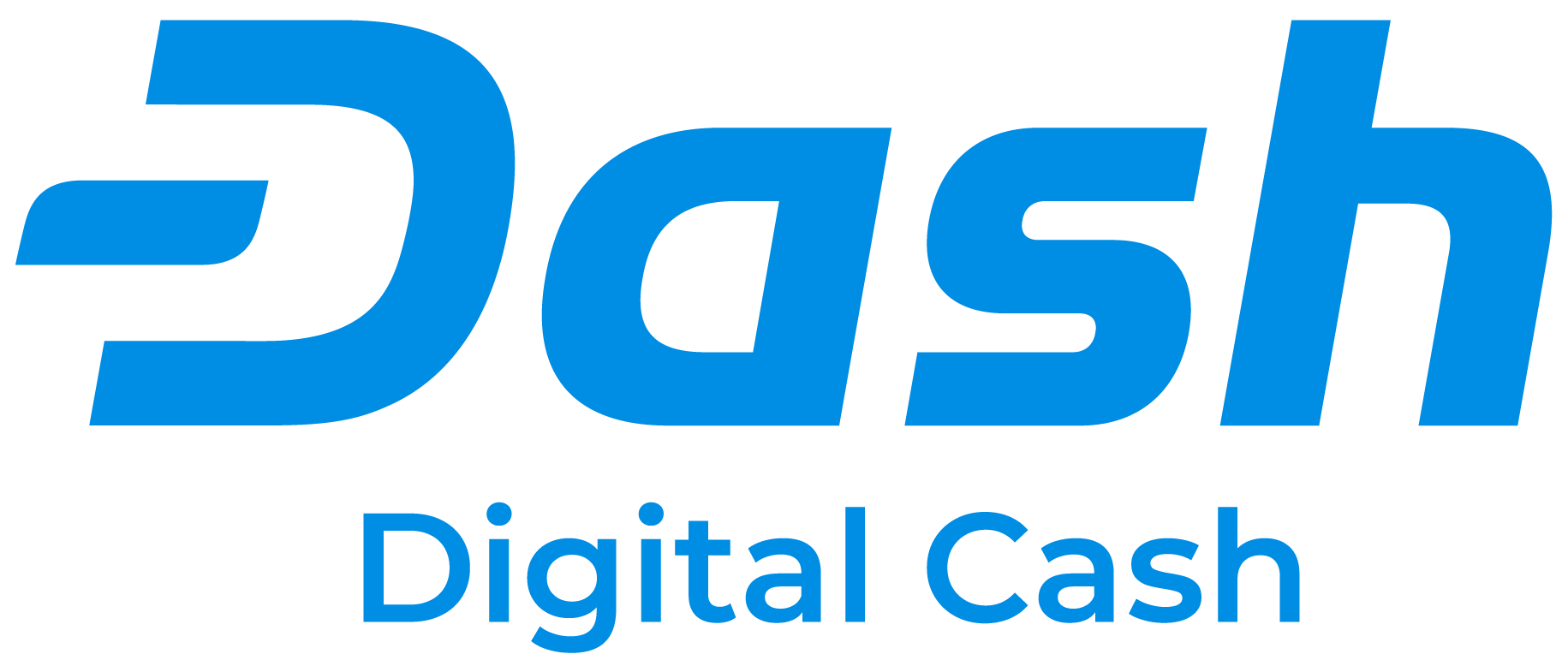Bitcoin, the pioneer of cryptocurrencies, made it possible for individuals to send money in a one-to-one and decentralized fashion. Though this might sound simple, it’s quite revolutionary because it gives the average person absolute power over their own finances. This is in sharp contrast with the old centralized system in which banks are in custody of your money – and could decide to freeze it at will.
While this new system is welcome, Bitcoin faces the inherent issue of lack of scalability. This has held it back from mainstream adoption and acceptance by businesses. The other glaring issue is Bitcoin’s pseudonymity, where the entire history of transactions is an open affair. While the blockchain doesn’t show the actual identity of individuals, patterns can be drawn that could lead to their real identity.
Dash is a cryptocurrency that preserves the best of Bitcoin while improving where it has come short. With fast, decentralized, and completely anonymous transactions, Dash is a strong contender for a Bitcoin alternative.
In this article, we’ll look more closely at what Dash hopes to achieve, and how.
Understanding Dash
Previously known as Darkcoin, Dash is a cryptocurrency formerly designed as a privacy coin. Indeed, the first white paper says Dash is “the first privacy-centric cryptographic currency.” However, Dash has long abandoned its privacy-only ambitions to become a fully-fledged cryptocurrency – complete with payments and all. And this has worked because, at the time of writing, Dash is the 21st most valuable currency in the world.
Dash is an open-source cryptocurrency based on the Bitcoin and Litecoin code. Evan Duffield, the project’s founder, came across Bitcoin in 2010 and instantly liked the technology. However, he was not impressed with the low transaction speed and the transparent history of transactions. (Every transaction in the life of Bitcoin is recorded on the blockchain for the whole world to see). He then created Dash to address three issues: privacy, governance, and scalability.
We’ll be exploring Dash’s solution in detail, but first, let’s see how Dash is different from Bitcoin.
Differences Between Dash and Bitcoin
Mining algorithm: Dash uses the X11 algorithm, a modified version of Proof of Stake for mining coins. The algorithm employs a Coinjoin mixer to obscure the origin of transactions, ensuring their privacy. For its part, Bitcoin uses the Proof of Work algorithm.
Handling of Transactions: Transactions on Bitcoin blockchain must be validated by all the participating nodes, while on Dash, they are validated by a few selected nodes
Speed: Dash processes transactions in one second (according to its website) while Bitcoin’s confirmation time can take up to 10 minutes or even hours
Cost: When it comes to costs, Dash is cheaper due to its faster confirmation time. At the time of writing, Bitcoin’s transaction fee was $4.830, while Dash’s is consistently even less than $1
Governance: Dash’s code allows upgrades without the blockchain having to ‘hard fork.’ On the other hand, Bitcoin has been the subject of several ‘hard forks,’ the most prominent one being the Bitcoin Cash fork. The problem with hard forks is that they are often contentious and divide the community. Dash utilizes a voting system to effect changes more harmoniously.
How Dash Works
To realize fast, scalable, and private transactions, Dash utilizes several features unique to it. Let’s get a closer look below:
#1. InstantSend
InstantSend is a feature by Dash that allows it to settle transactions ultrafast. In the vast majority of blockchains, individuals have to wait until several block confirmations are done to avoid double-spending. But this process is time-consuming, taking from several minutes to hours. This renders most blockchains unsuitable for use as payment systems. Customers do not want to wait for minutes, much fewer hours, to confirm a purchase.
To remedy this, Dash uses only a few nodes on the network to confirm blocks – usually in a second. Masternodes (which we’ll look at) usually locks the inputs of a transaction before broadcasting it on the blockchain, preventing double-spending during confirmation time.
#2. PrivateSend
PrivateSend is a feature by Dash that guarantees user privacy. The feature is used to anonymize transactions taking place on the public blockchain in a manner that no one can trace the origin of a transaction. While both inputs and outputs will be visible, the link between sender and receiver will be obscured. PrivateSend is an optional feature. Just like with InstantSend, it’s masternodes that are in charge of PrivateSend.
The procedure used is referred to as coin mixing, and it works in the following manner. First, the amount of funds to be sent is broken into several standard sizes (denominations) that each is divided into and sent to different addresses. A masternode will then be alerted that a user wants to mix the denominations. This masternode will then select two others (3 masternodes are required to carry out this kind of transaction). The masternodes will then mix the denominations with other PrivateSend transactions. After the mixing procedure and before the total amount is sent to the user, their wallet confirms if it’s the correct amount. If it is, the transaction is completed. If a user wishes, the process can be repeated several times in what’s called “rounds.” The more the rounds, the harder it is to trace the origin of the transaction.
#3. Masternodes
Masternodes are special nodes on the Dash network backed by collateral. For a node to become a master node, they have to stake 1,000 worth of DASH. Masternodes are in charge of advanced services such as InstantSend, PrivateSend, and governance. Masternodes trace back to the very beginnings of Dash in 2014.
Masternodes hold full copies of the blockchain they secure and maintain it, earning rewards in Dash for their services. Other duties by masternodes include rejecting suspicious transactions and voting on how to use 10% of block rewards for various community projects.
Key Metrics
As of August 8, 2020, DASH traded at $95.22 with a market cap of $918,157,430 that placed it at #21. It had a 24-hour volume of $473,970,953, a circulating and total supply of 9,642,507, and a maximum supply of 18.9 million. The coin has an all-time high and an all-time low of $1,642.22 (Dec 20, 2017) and $0.213899 (Feb 14, 2014), respectively.
Buying and Storing DASH
You can exchange USDT, BTC, EUR, XRP, ETH, and USD for DASH in these exchanges: Binance, Huobi, YoBit, CoinBene, OKEx, DigiFinex, MXC, BitUBU, Bibox, Kraken, P2PB2B, BitForex, LATOKEN, KuCoin, Hoo, Bitrue, BiKi, and more. Check here for a full list on where to buy DASH.
When it comes to storing DASH, the options are endless. You can go with the official Dash desktop wallet, which supports Windows (both 32 bit and 64 bit), Mac OS, and Linux. Alternatively, you can go for the Dash Core wallet, Exodus, Jaxx Liberty, Coinomi, Guarda, Edge, Abra, and Spend wallets. Of course, you can also go for hardware wallets Ledger, Trezor, and KeepKey (highly recommended).
Final Words
Dash took the concept of Bitcoin and enhanced it with scalability and better privacy. The cryptocurrency was one of the earliest altcoins to employ privacy-centric features. This, coupled with its innovations, has kept it ahead of the pack. It’ll be interesting to watch the growth of Dash in the future.






